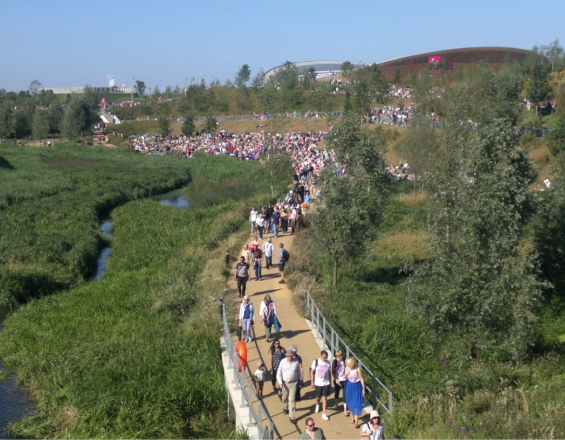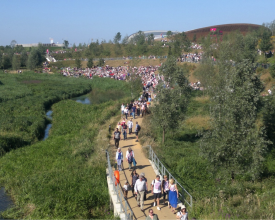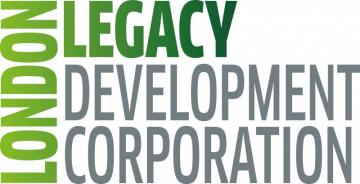
Supporting biodiversity at the Olympic and Paralympic Games London 2012

Biodiversity was one of five priority sustainability themes of the Olympic and Paralympic Games London 2012. The remediation and construction of the site of the Olympic Park (now known as Queen Elizabeth Olympic Park) provided for the establishment of a large urban habitat patch with 45 hectares of new wildlife habitat in addition to recreational space for visitors. Prior to redevelopment, the park site was heavily impacted by invasive species and pollution from previous industrial use, and provided few social or ecological services. The Biodiversity Action Plan was compiled by the company for the delivery of Olympic Works (Olympic Delivery Authority) to guide park management. The plan outlined joint goals of biodiversity conservation, social well-being and economic welfare, emphasizing the provision of natural habitat and education of park visitors. It included a list of ’species aspirations’, or particular species that the park aimed to support, which facilitated planning to reach specific biodiversity goals.
Contexte
Challenges addressed
Emplacement
Impacts
Several diverse habitats were restored in the Olympic Park, including grassland, scrubland and wet woodland. The Park was positioned to enhance regional connectivity along the Lee River Valley by extending a chain of existing green spaces from the Lee Valley Regional Park toward the River Thames. Corridors throughout the park maintain connectivity for wildlife around recreational facilities and development. The native wildflower meadows in the Olympic Park during the Games inspired further naturalistic wildlife-supporting features in the legacy phase of development, and the use of temporary infrastructure during the Games left space for additional features afterwards. Monitoring has recorded six highly protected bird species and 91 nationally scarce invertebrate species, as well as 7 different bat species and 20 butterfly species. As part of species-specific goals, the Park included special resources, such as bird and bat boxes, amphibian ponds, dead logs for beetles, kingfisher and sand martin nesting banks, and artificial otter holts. While biodiversity provision in the Olympic Park was part of a large-scale revitalisation project, individual elements, such as siting and designing venues to maintain regional connectivity, use of native plants to attract attention to biodiversity, and addition of special resources, could also be applied in smaller-scale projects.









